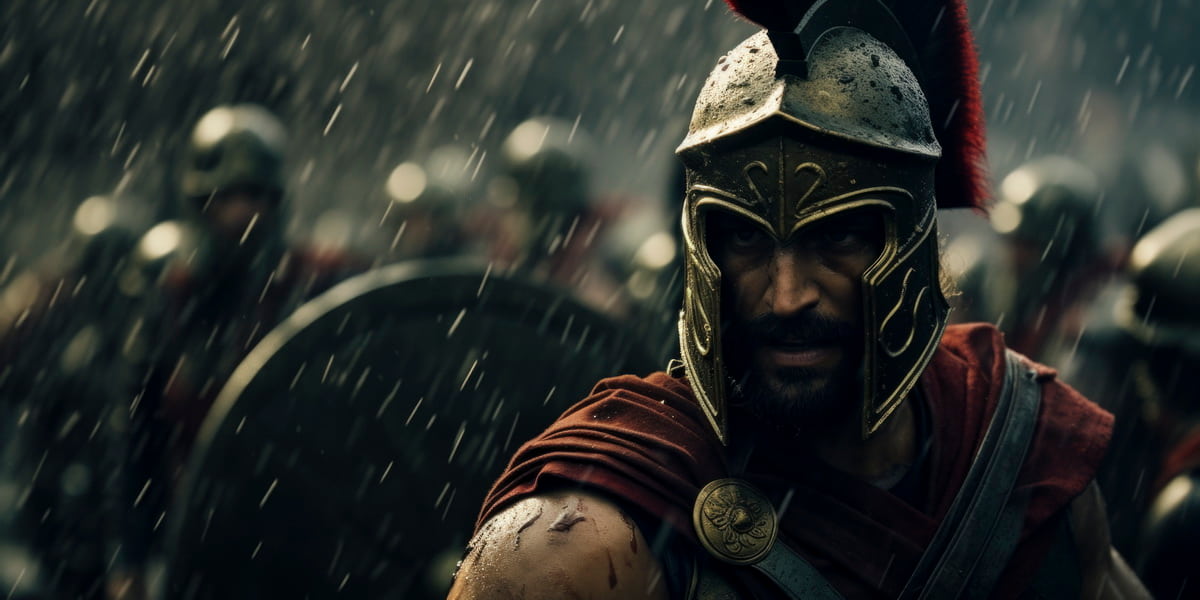From the first spark of conflict in ancient civilizations to the grand wars that shaped nations, there have been individuals whose prowess in battle became the stuff of legends. It’s not just about wielding a sword or spear; it’s about strategy, leadership, and a burning spirit.
History, with its endless pages, has given us some of the greatest warriors of all time. Some have formed entire empires, while others have become idols of their culture. Ready for a blast to the past? Brace yourself, for we are about to delve into stories of strength, valor, and legendary conquests!
1. Leonidas I: Spartan King and Warrior
Sparta’s King Leonidas I stands tall in history, not just as a leader, but as a fierce warrior who faced overwhelming odds. His leadership at the Battle of Thermopylae, where he and 300 Spartans defended against a massive Persian army, showcased the Spartan spirit of valor and sacrifice. With bronze shield and spear in hand, Leonidas became the embodiment of the ultimate stand against oppression.
While he and his men met their end at Thermopylae, their courageous stand resonated throughout history, inspiring countless others and becoming a symbol of heroism and determination.
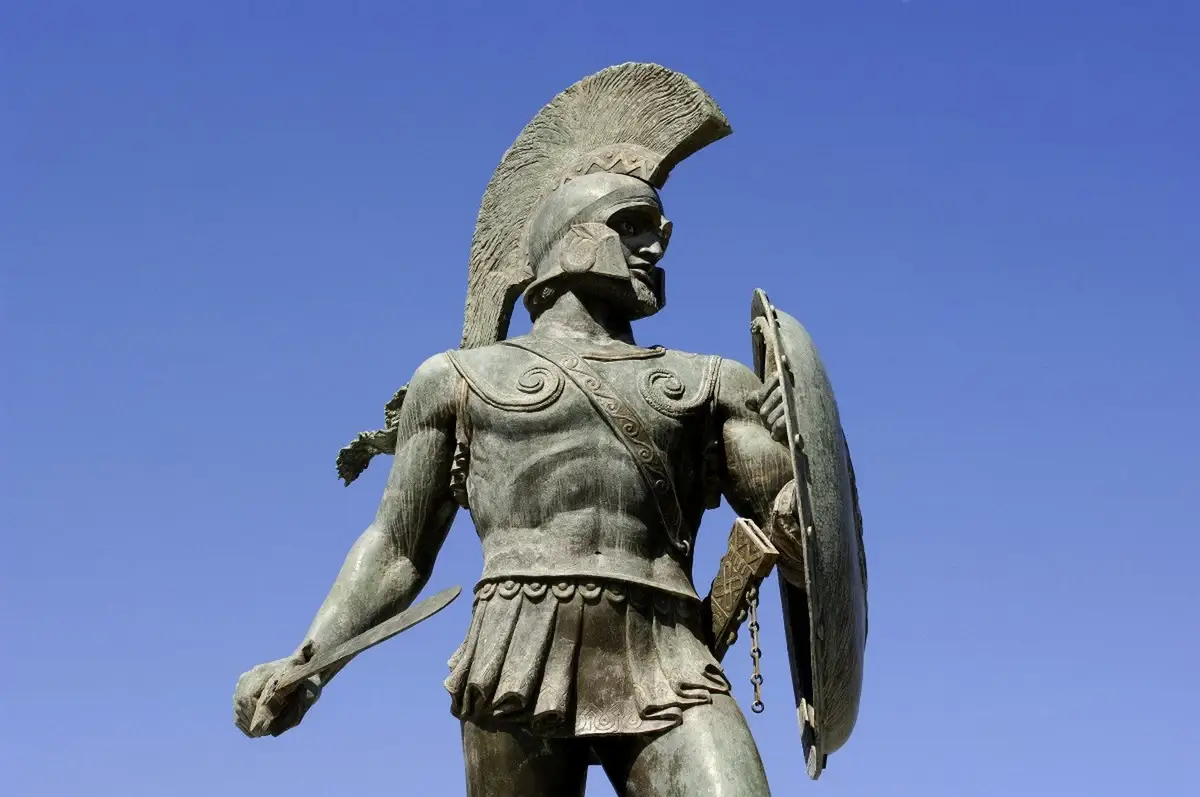
Image: athenstaxitours.org
2. Cu Chulainn: Celtic Warrior and Hero of Ulster
In the tapestry of Celtic mythology, Cu Chulainn shines brightly as a warrior of unparalleled strength and heroism. His tales, part of the Ulster Cycle, speak of his superhuman feats and the iconic “warp-spasm” – a berserk battle frenzy that made him an unstoppable force. Armed with his mighty spear, Gae Bolg, he defended Ulster from numerous threats.
Beyond his martial exploits, Cu Chulainn’s story is also one of tragedy, love, and destiny, with his early death foretold but never preventing him from pursuing a life of valor.
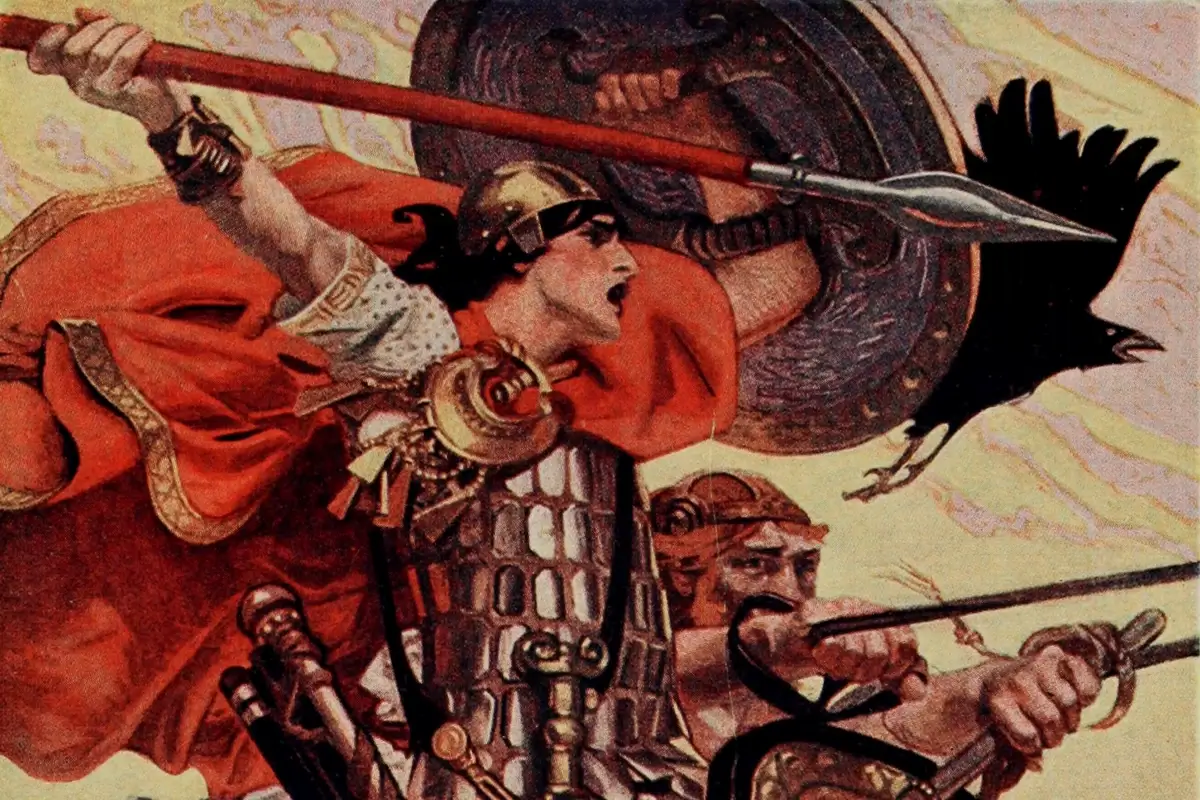
Image: mythopedia.com
3. Achilles: Legendary Hero of Troy
Achilles! The name rings a bell, right? Known as one of the greatest warriors from the annals of Greek mythology, his story is a mix of heroism, passion, and, of course, that famous vulnerable heel. The Trojan War saw him at his best (and sometimes, his temperamental worst). His duels, especially with Hector, are legendary.
However, beyond the fighter, there’s an emotional tale of a man seeking glory and grappling with his own mortality. His tale is an iconic point in Greek history and literature, and it continues to inspire tales of valiance today.
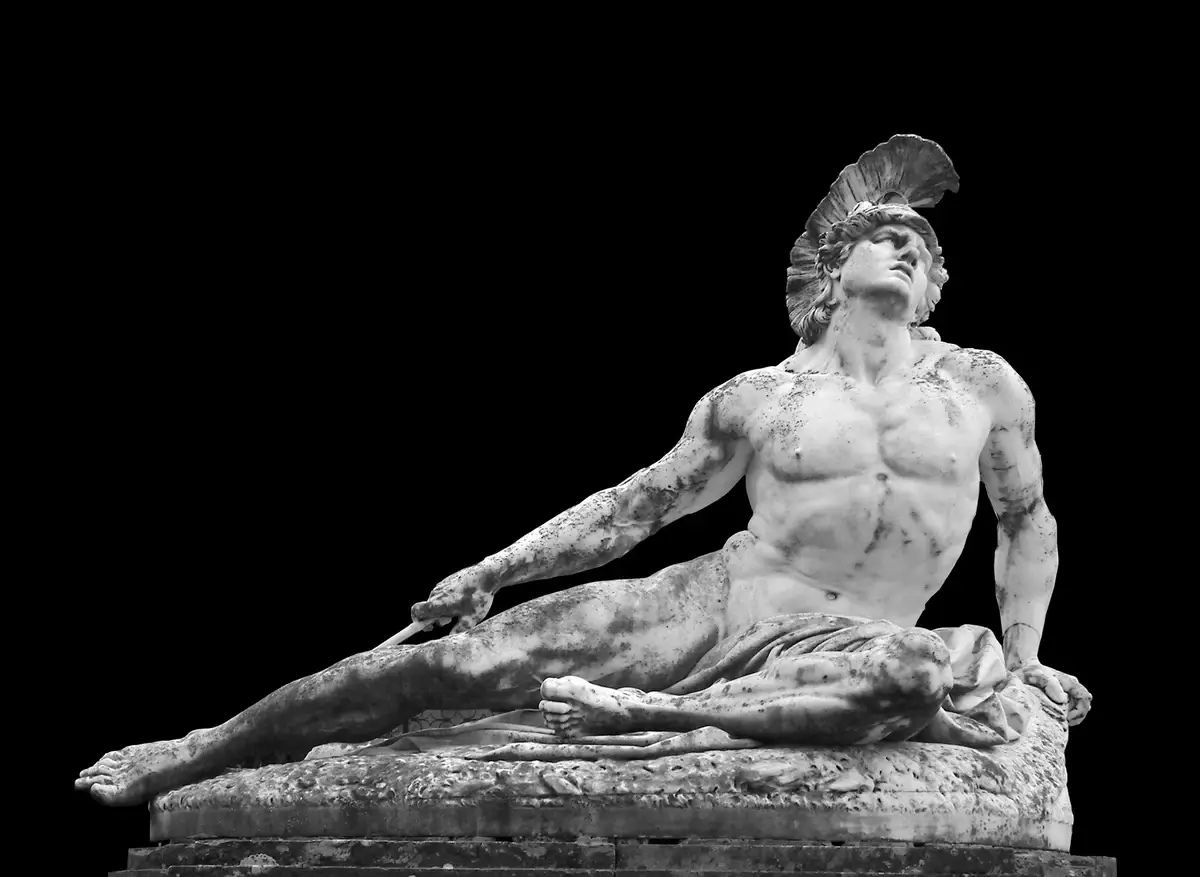
Image: pinimg.com
4. Lu Bu: Peerless Warrior of Ancient China
Amidst the turbulent times of the Three Kingdoms era, Lu Bu’s name rang with a mixture of awe and fear. Known as the “Flying General,” his martial skills were unmatched, making him one of the most formidable warriors of his time. Wielding his halberd, the Sky Piercer, he cut a path through his enemies with ruthless efficiency.
However, Lu Bu’s prowess on the battlefield was often overshadowed by his ambition and treacherous nature, leading him through alliances and betrayals alike. His complex character makes him one of the most captivating figures in Chinese history.
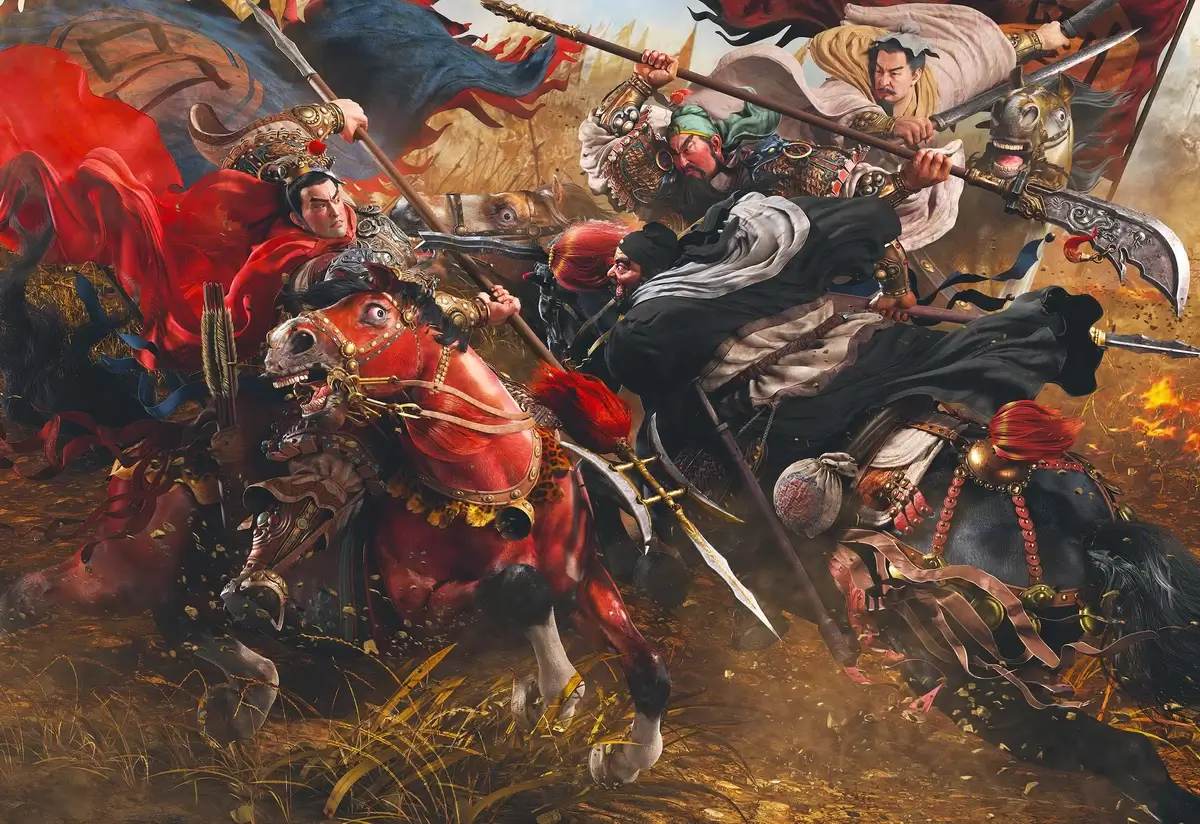
Image: zbrushcentral.com
5. Richard the Lionheart: Medieval Europe’s Crusader
Ah, Richard the Lionheart, the very embodiment of medieval chivalry and the legendary king who led the Third Crusade! Renowned for his bravery, he spent most of his reign away from England, either on crusade or defending his territories in France. He became an iconic figure, a greatest warrior in both history and legend. His confrontations with the equally respected Saladin in the Holy Land became legendary.
Yet, beneath the armor was a king with a complex personality – valiant in battle, a skilled diplomat, but also a man of his time, with flaws that make historians debate his legacy today.

Image: virtualmirage.org
6. Flamma: Gladiator Champion of the Roman Arena
In the deadly sands of the Roman Colosseum, few shone as brightly as Flamma. A Syrian by birth, he was thrust into the gladiator life but soon emerged as one of the arena’s most formidable fighters. His prowess was such that he was awarded the rudis (a wooden sword symbolizing freedom) multiple times but chose to continue fighting.
With 34 victories to his name, Flamma became an icon of both resilience and martial skill. His tale is a testament to the spirit of a warrior, even when bound by chains.
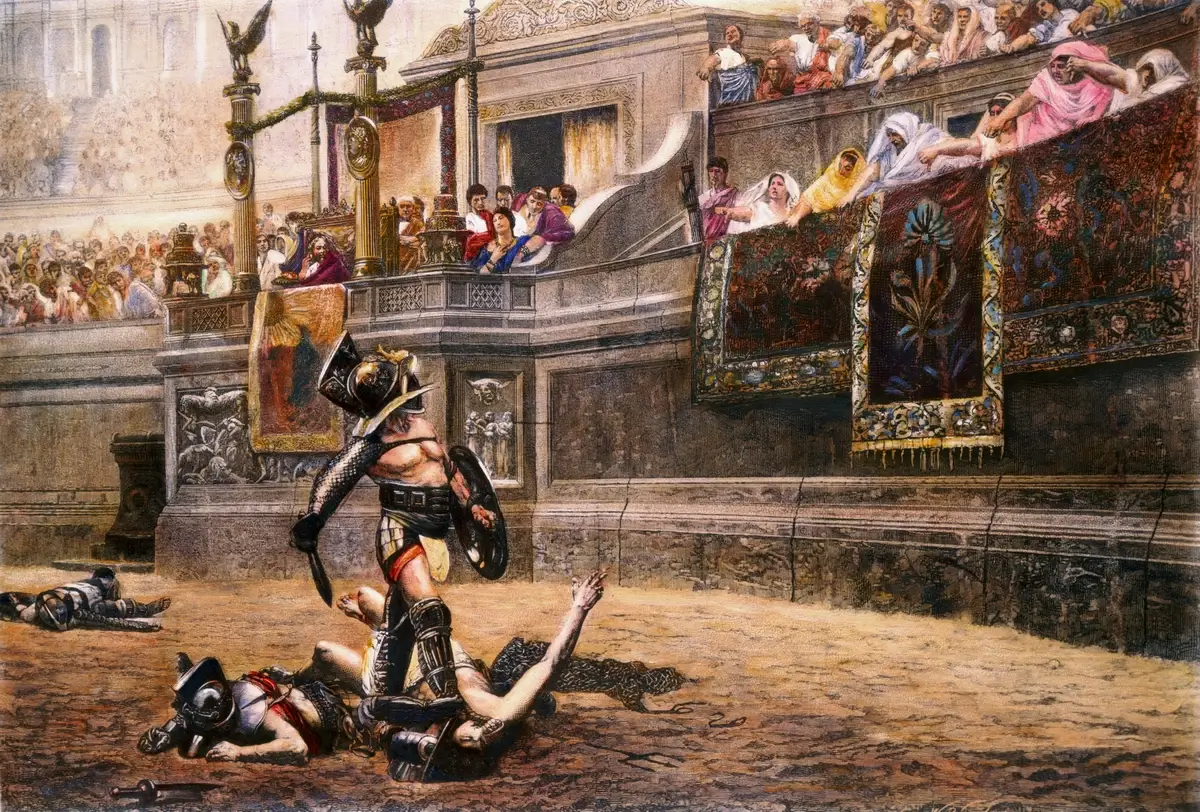
Image: huffingtonpost.com
7. Yue Fei: China’s Loyal General and Martial Artist
In the annals of Chinese history, General Yue Fei stands as a beacon of loyalty, patriotism, and martial prowess. Serving during the tumultuous Song Dynasty, he valiantly defended China against invaders and was renowned for his strategic acumen. Beyond the battlefield, Yue Fei was a master martial artist, credited with creating the ‘Xinyi Liuhe Quan’ style.
Wrongfully imprisoned and executed due to court intrigues, his legacy only grew stronger posthumously, with him being venerated as a symbol of unwavering loyalty to one’s nation.
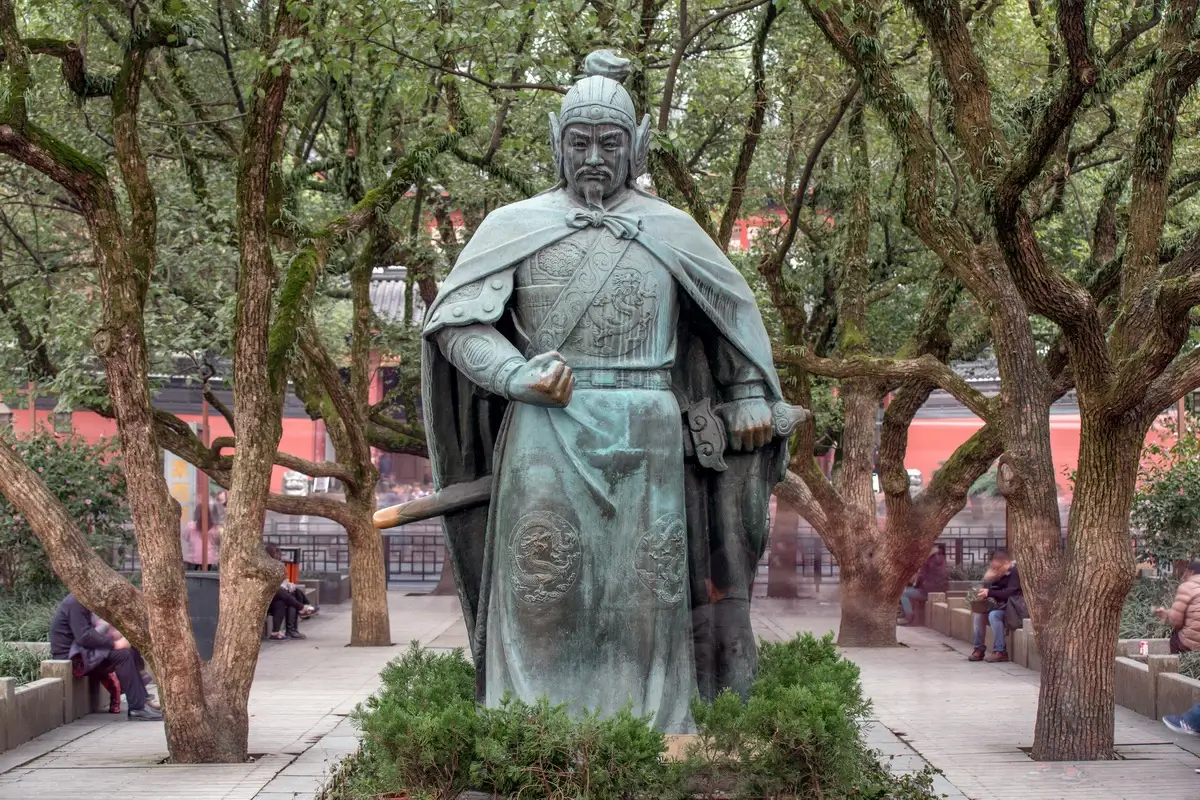
Image: Wikimedia Commons
8. Mad Jack Churchill: The WWII Commando with a Longbow
A figure larger than life, Lieutenant Colonel John “Mad Jack” Churchill is often remembered for his audacious choice of weapon during World War II: a longbow and broadsword. A commando in the British Army, he is credited with the last recorded longbow kill in action. His philosophy was simple: “Any officer who goes into action without his sword is improperly dressed.”
Beyond the bow and sword, Mad Jack’s courage, unconventional tactics, and unyielding spirit made him a legendary figure during one of history’s darkest times.

Image: telegra.ph
9. Skanderbeg: The Dragon of Albania
Gjergj Kastrioti, known more famously as Skanderbeg, is the national hero of Albania. Breaking free from the Ottoman Empire, where he was held as a hostage and trained as a Janissary, Skanderbeg united the Albanian chieftains and consistently thwarted Ottoman efforts to reclaim the region. His guerilla tactics and leadership skills made him a formidable foe, earning him the title “Dragon of Albania.”
His 25-year rebellion against one of history’s most powerful empires solidified his legacy as a symbol of resistance and Albanian pride.
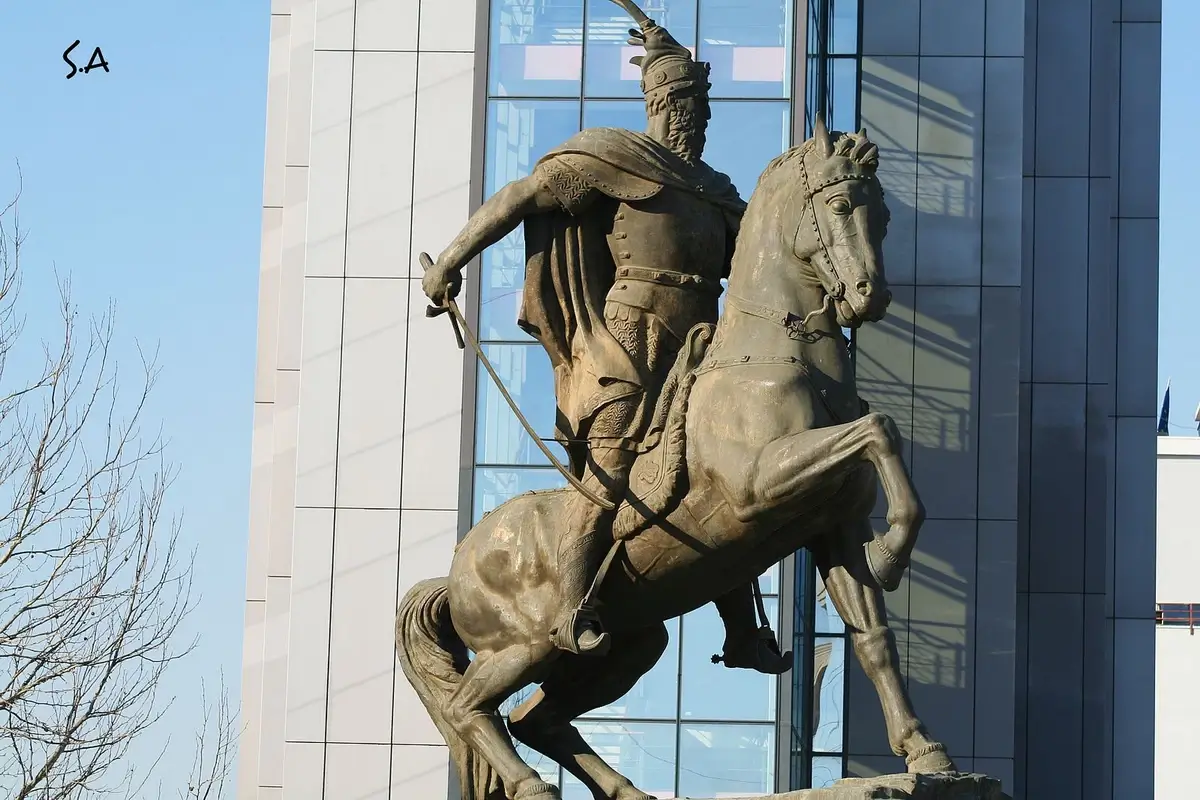
Image: pinimg.com
10. Babur: The Tiger of Fergana Valley
The Mughal dynasty, which ruled India for centuries, was founded by a fierce warrior and tactician: Babur. Born in Fergana Valley (present-day Uzbekistan), this descendant of Timur and Genghis Khan had conquest in his veins. From the age of 12, he was involved in power struggles, earning him his warrior stripes early on.
His most famous battle, the First Battle of Panipat, paved the way for the establishment of the Mughal Empire in India. Not just a warrior, he was also an astute poet and a lover of gardens, showcasing the blend of might and culture.
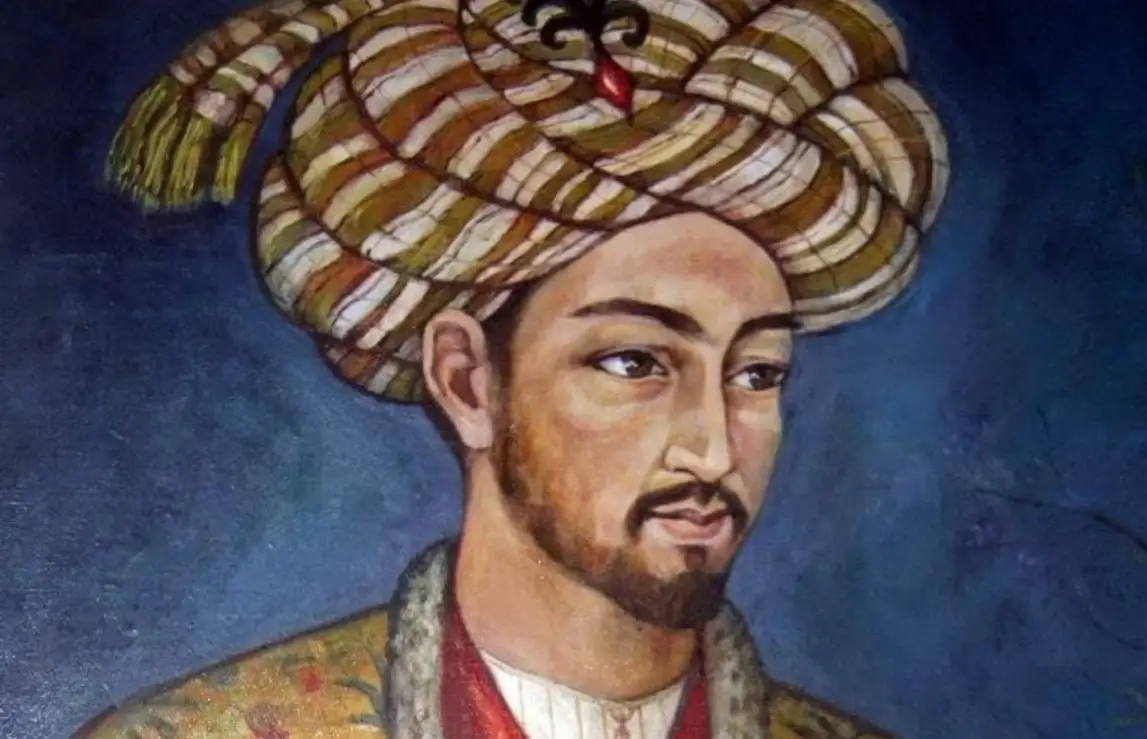
Image: telegra.ph
11. Boudicca: Warrior Queen of the Iceni
Queen Boudicca, the fierce leader of the Iceni tribe, remains one of ancient Britain’s most iconic figures. Enraged by the mistreatment of her people and her family by the Roman invaders, Boudicca led a massive revolt against the mighty Roman Empire. Under her leadership, key Roman settlements, including Londinium (modern-day London), were attacked and razed.
Though ultimately defeated, her spirit and valor have endured through the ages. Today, she stands as a symbol of resistance and the indomitable will of the Celtic people.
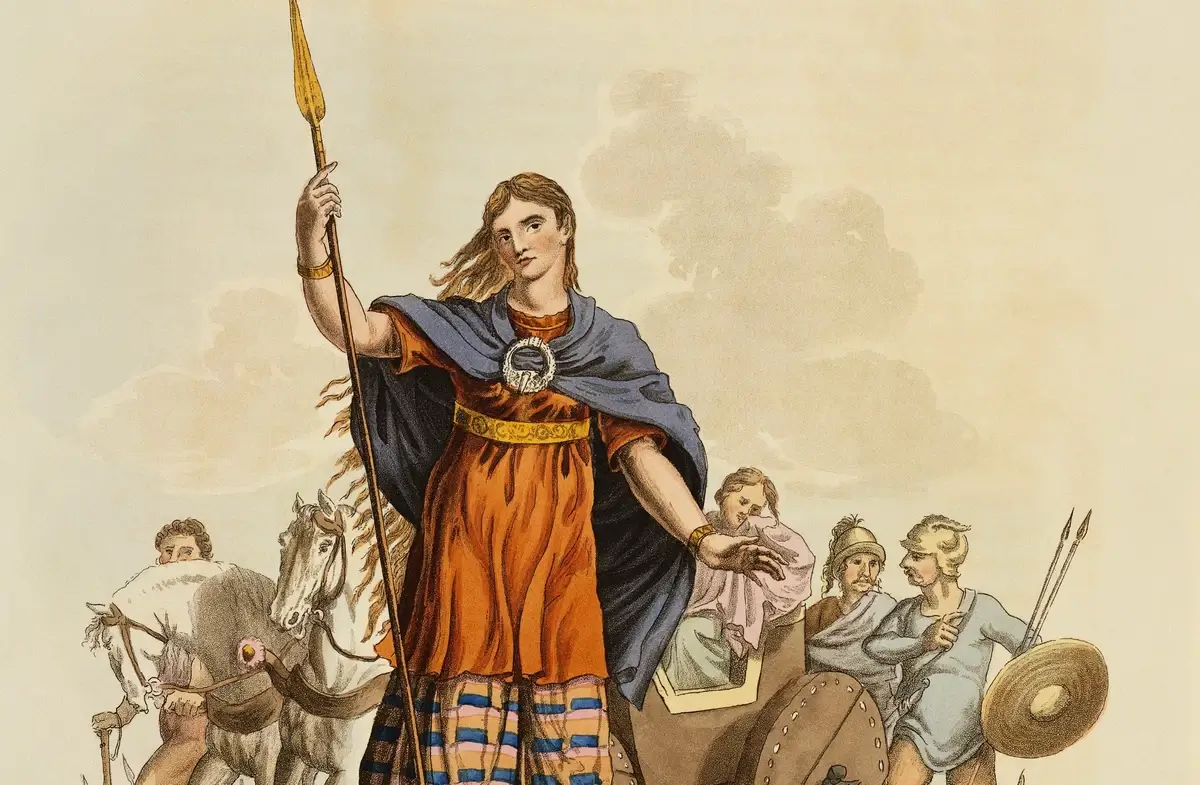
Image: beedle.club
12. Alp Arslan: The Lion Warrior of the Seljuks
Sultan Alp Arslan, whose name means “Lion Warrior” in Turkish, was the second sultan of the Seljuk Empire. Though a gifted statesman and leader, it was on the battlefield that he truly earned his legendary status. His victory at the Battle of Manzikert against the Byzantine Empire paved the way for Turkish ascendancy in Anatolia.
Respected by friends and foes alike, Alp Arslan’s reign saw the Seljuks reach great heights. His skills as both a warrior and a diplomat have solidified his place in history.
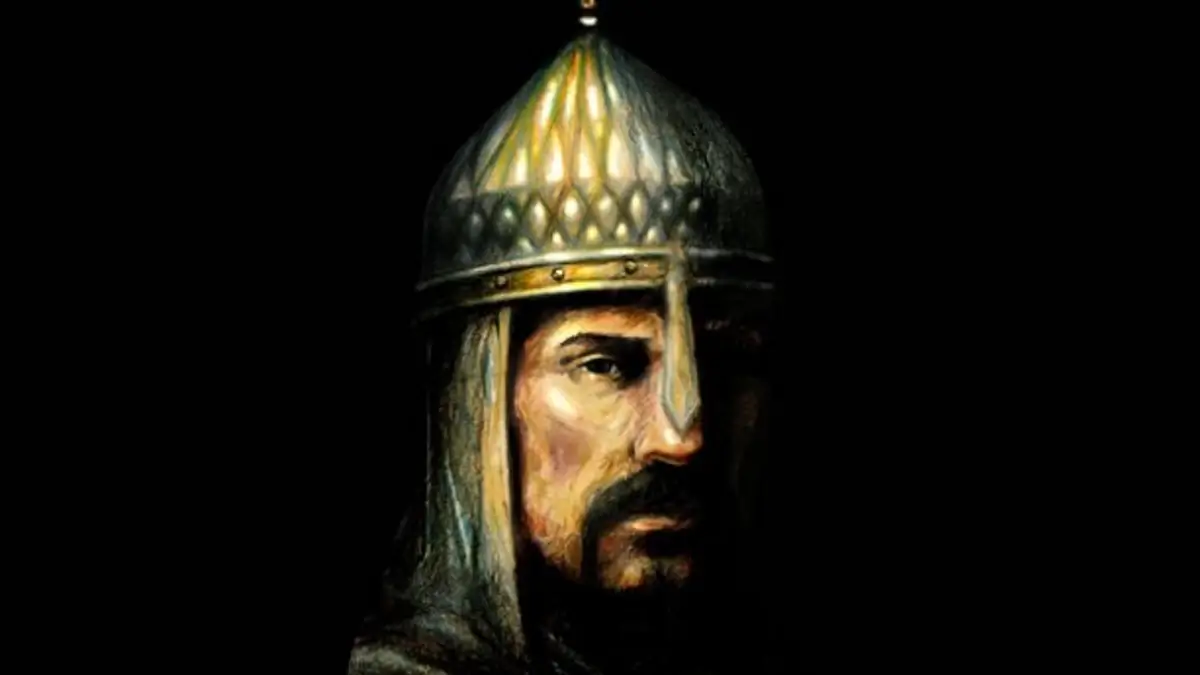
Image: sonhaberler.com
13. Geronimo: Fearsome Apache Warrior
Geronimo, the revered leader of the Chiricahua Apache, remains an enduring symbol of Native American resistance against US expansion. Famed for his tactical acumen and fearless combat style, Geronimo led numerous raids and campaigns against both Mexican and American troops. His name alone was enough to strike fear in the hearts of his adversaries.
Despite being outnumbered and outgunned, his resistance lasted for decades, making him one of the most formidable Native American warriors in history.
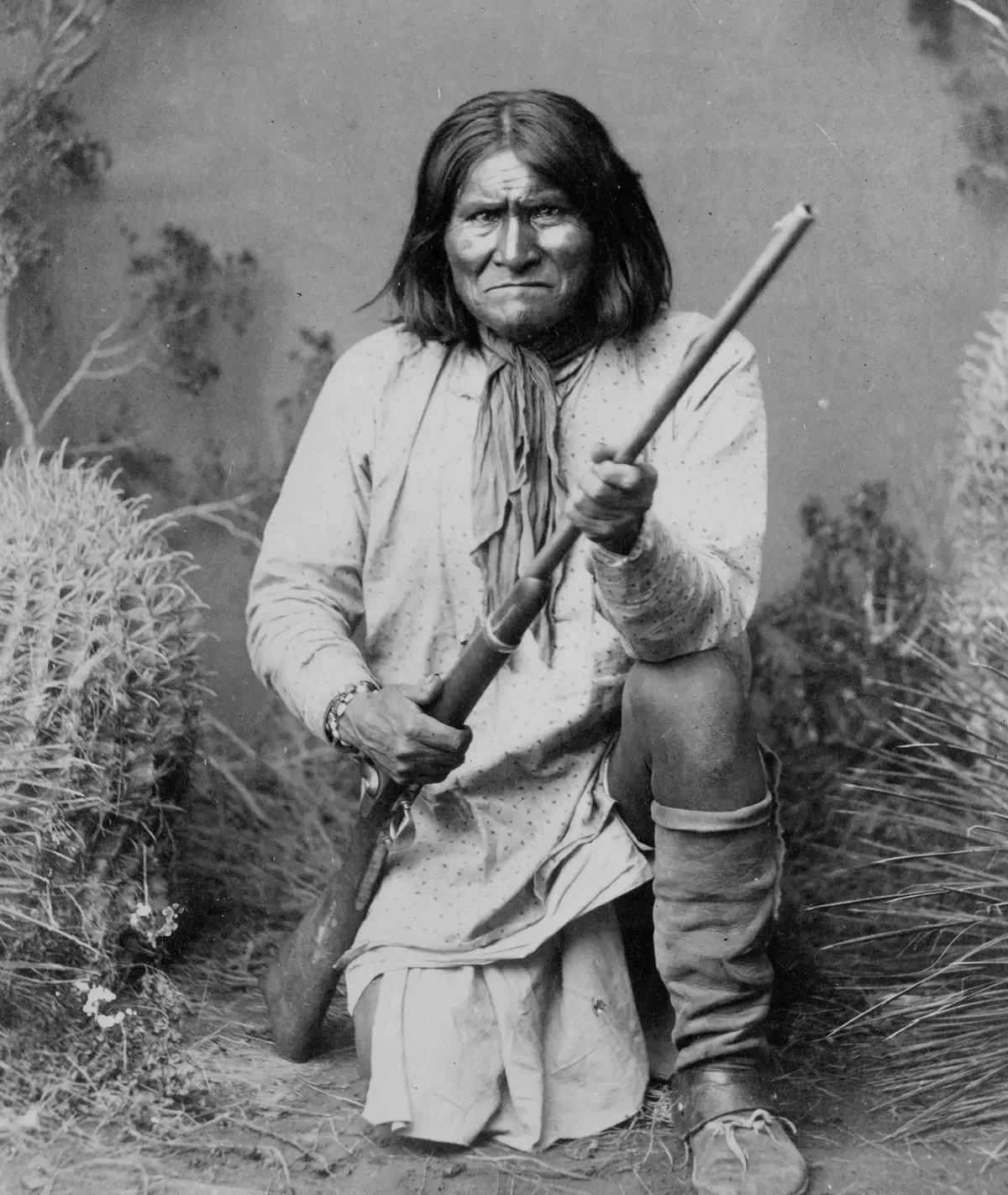
Image: Wikimedia Commons
14. Zawisza Czarny: The Black Knight of Poland
Zawisza Czarny, also known as the Black Knight, is a paragon of chivalry and heroism in Polish lore. A knight and diplomat, he served under multiple Polish kings and distinguished himself in various European battlefields. His skills with the lance and sword were legendary, but it was his unwavering code of honor that truly set him apart.
Zawisza’s emblem, a black shield with a golden band, became synonymous with reliability and trust. His legacy endures in Polish culture, embodying the ideals of bravery and honor.

Image: wiadomosci.onet.pl
15. Tomoe Gozen: Samurai Warrior Woman of Japan
In a time and place where the battlefield was dominated by men, Tomoe Gozen stood out as a formidable samurai warrior. Serving under Minamoto no Yoshinaka, Tomoe was known for her exceptional swordsmanship and archery skills. Her beauty was matched only by her bravery, having been credited with taking down numerous foes in battle.
Stories of her exploits during the Genpei War have been celebrated in Japanese literature and arts. Today, Tomoe Gozen remains a symbol of female empowerment and martial excellence in Japan.
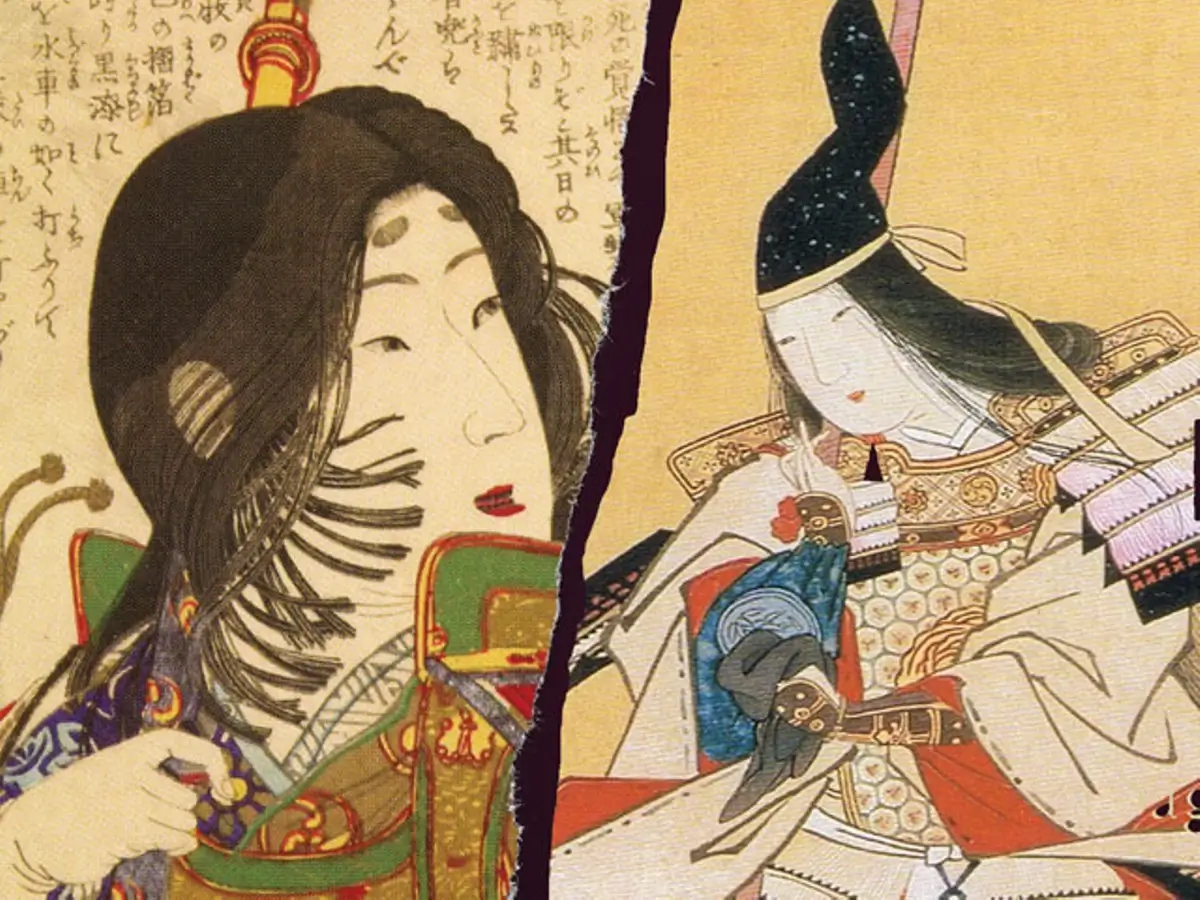
Image: earlybirdbooks.com
16. Spartacus: Gladiator and Leader of a Major Slave Uprising
Spartacus, once a gladiator in ancient Rome, rose to become the leader of one of the largest slave uprisings in Roman history. A skilled combatant, his charisma and leadership abilities united thousands of slaves against the formidable Roman Republic. His rebellion, known as the Third Servile War, held the Romans at bay for years.
Though ultimately defeated, Spartacus’s quest for freedom left an indelible mark on history, inspiring countless stories and legends.
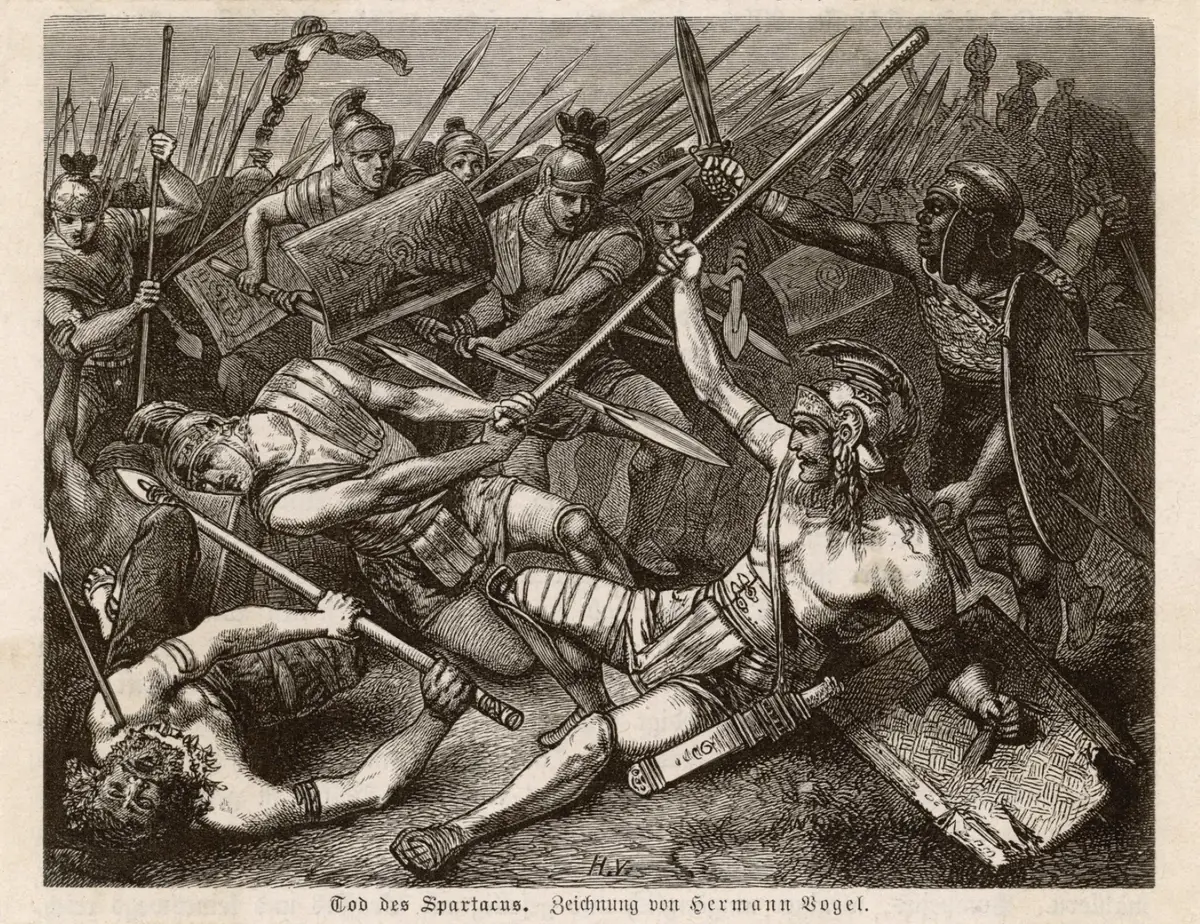
Image: Wikimedia Commons
17. Shivaji: Maratha King and Guerrilla Warfare Expert
Shivaji Shahaji Bhosale, the founder of the Maratha Empire in India, was a warrior king par excellence. Renowned for his military tactics, Shivaji was particularly adept at guerrilla warfare, which he used to great effect against larger and more powerful enemies. His fortifications, naval force, and administrative acumen laid the foundation for an empire that would challenge the mighty Mughals.
A champion of Swaraj or self-rule, Shivaji’s reign was marked by tolerance, progressive governance, and a deep respect for all cultures.

Image: news18.com
18. Teuta: Illyrian Pirate Queen and Warrior
Queen Teuta of the Illyrian Ardiaei tribe was a formidable force in the Adriatic. Known not just as a queen, but as a pirate leader, she commanded fleets that terrorized the seas, challenging the naval supremacy of powerful states like Rome. Her reign saw a significant expansion of piracy, which became a central aspect of Illyrian economy and warfare.
Teuta’s conflict with Rome, fueled by her support for piracy, culminated in a significant war. Though she eventually had to concede to Roman demands, her tenacity and leadership left a lasting legacy.

Image: pinimg.com
19. Red Cloud: Native American War Chief
In the annals of Native American history, Red Cloud stands tall as a beacon of resistance. As a war chief of the Oglala Lakota Sioux, he successfully led his people against the U.S. army in the 1860s. This wasn’t some brief skirmish; it was a series of confrontations famously known as Red Cloud’s War.
His prowess in guerrilla warfare was remarkable, making him one of the most feared warrior figures in American history. Yet, amidst the battles, he was also a statesman, securing the future for his people in a rapidly changing world.
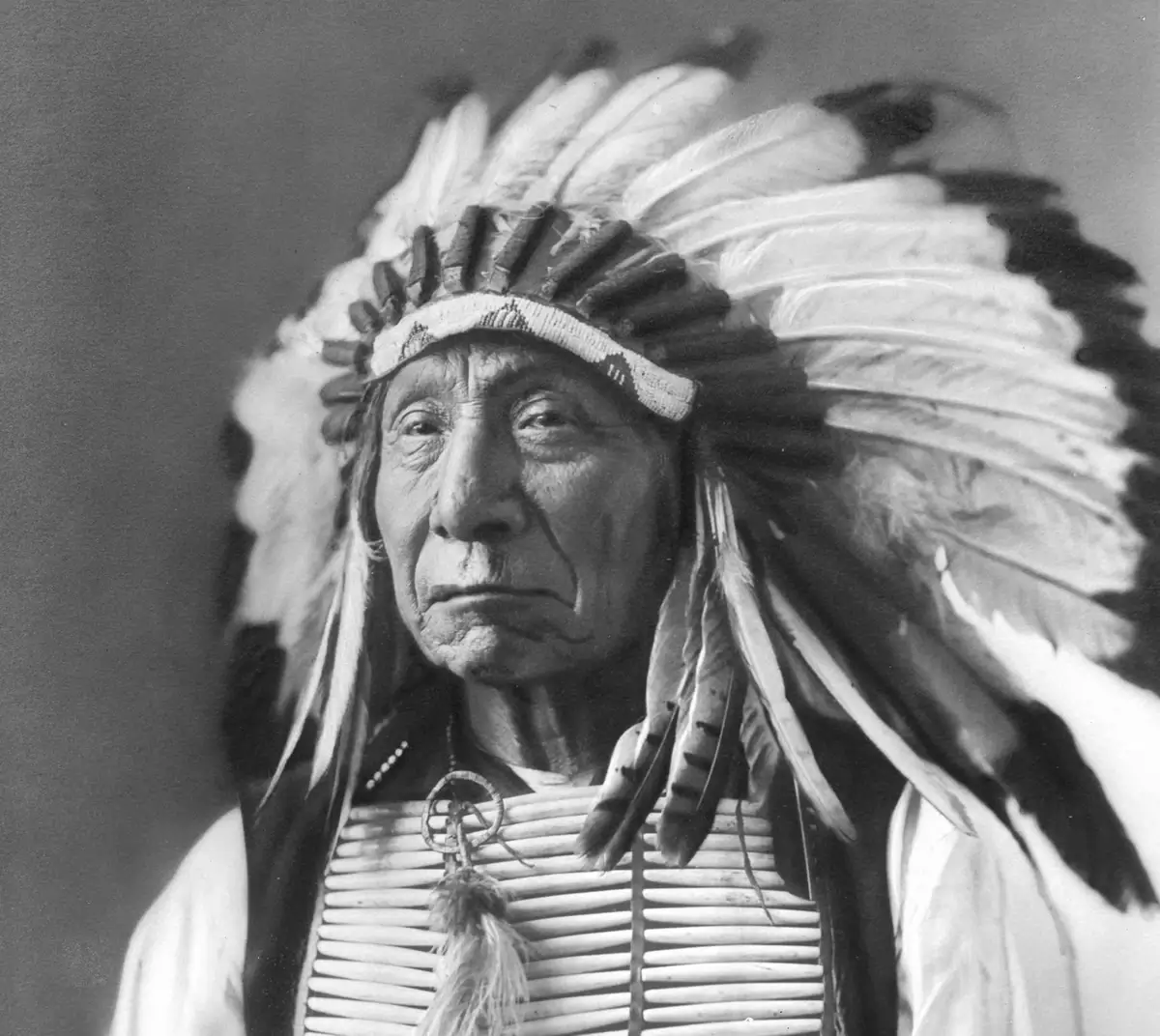
Image: jooinn.com
20. Jeanne de Clisson: The Lioness of Brittany
The tale of Jeanne de Clisson is one of love, betrayal, and vengeance. When her husband was unjustly executed by the French king, Jean’s grief turned to rage. She sold her lands, acquired ships, and became a pirate, hunting down French vessels in the English Channel. Her black ship, a symbol of her quest for revenge, struck terror into the hearts of her enemies.
For years, she haunted the waters, exacting her vengeance on the French. Her legacy as the “Lioness of Brittany” remains a testament to the fury of a woman scorned.
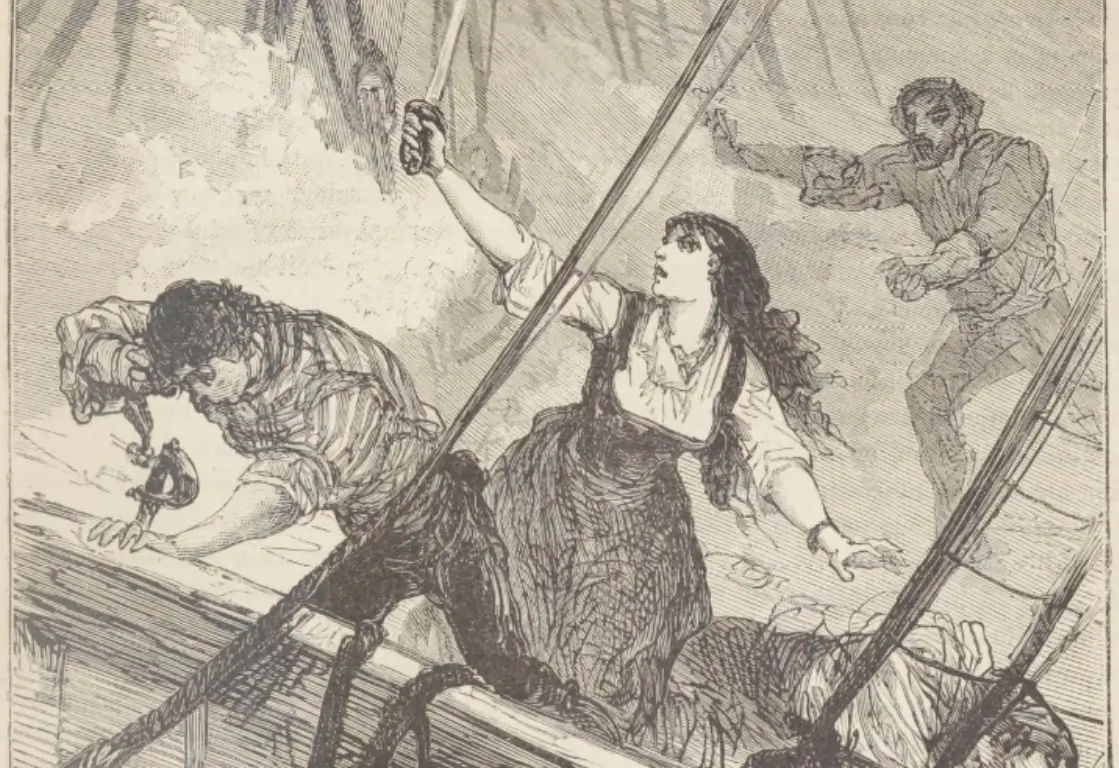
Image: harkaroundthegreats.wordpress.com
21. Pier Gerlofs Donia: The Giant Frisian Rebel and Warrior
Pier Gerlofs Donia, often known as “Grutte Pier,” was a tower of a man, both in stature and in the annals of history. This Frisian rebel stood at an astonishing 7 feet and wielded an equally impressive great sword. Rising against the occupying forces in Frisia, he led a guerrilla war, championing the cause of the Frisian freedom.
Legends of his strength, including lifting heavy doors as shields and decimating enemies with his massive blade, have become part of the region’s folklore.
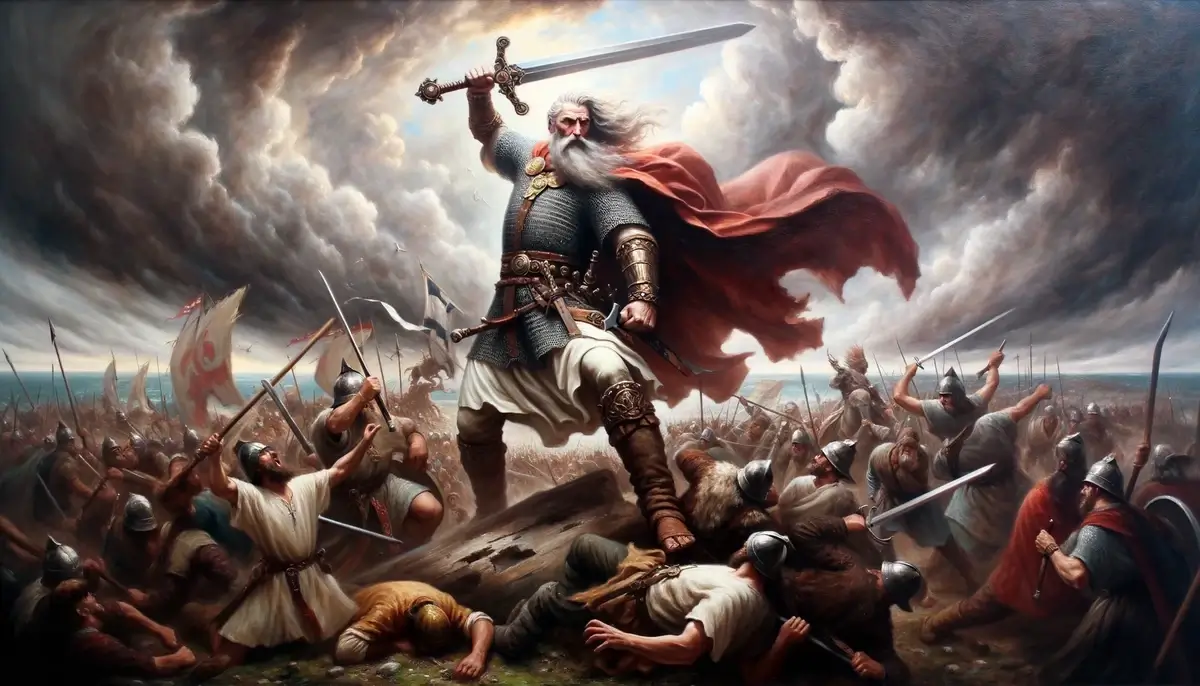
Image: iFunFact
22. Rani of Jhansi: India’s Warrior Queen
Lakshmibai, the Queen of Jhansi, is an epitome of bravery in Indian history. When the British tried to annex her kingdom using dubious means, she took to the battlefield. Clad in armor and riding her horse, she led her forces against the British during the Indian Rebellion of 1857.
Her courage and tactical acumen made her a symbol of resistance against colonial rule. Though her life was cut short, her rallying cry for freedom echoed through the annals of Indian history.
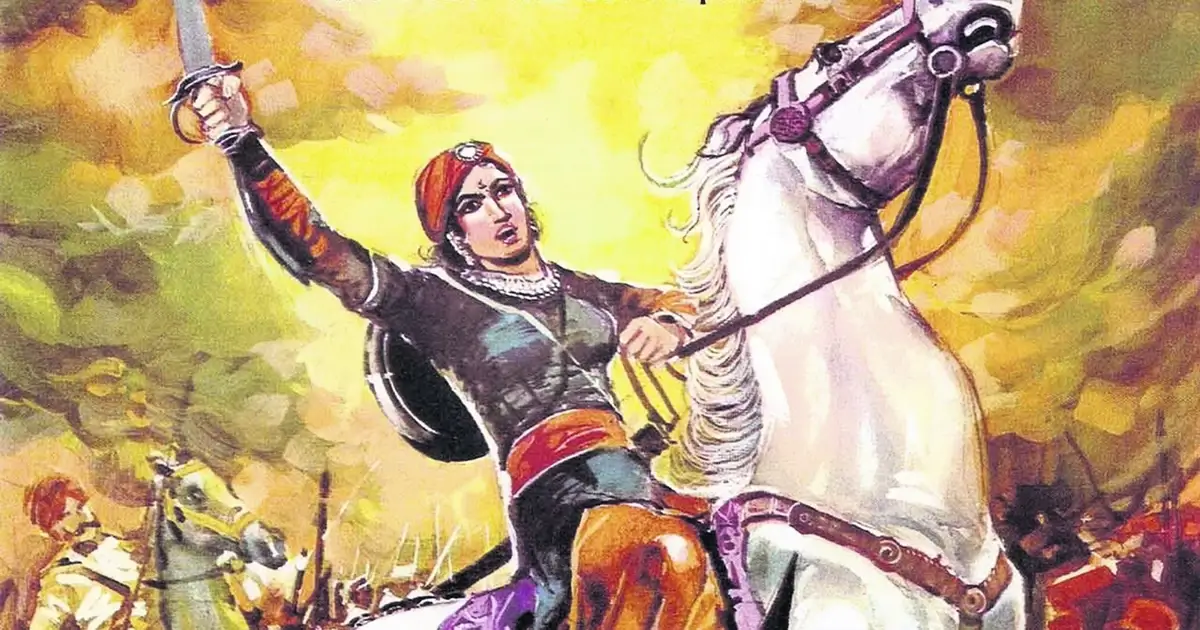
Image: asian-voice.com
23. Imam Shamil: Caucasian Avar Religious and Military Leader
Imam Shamil was the spiritual and military leader who valiantly resisted Russian expansion in the Caucasus during the 19th century. A master of guerrilla warfare, Shamil united various Caucasian tribes, instilling in them a sense of unity and purpose against a common enemy.
For nearly three decades, his resistance frustrated Russian attempts at complete control over the region. Beyond his military prowess, Shamil’s leadership was rooted in his deep religious conviction, making him a revered figure even today.
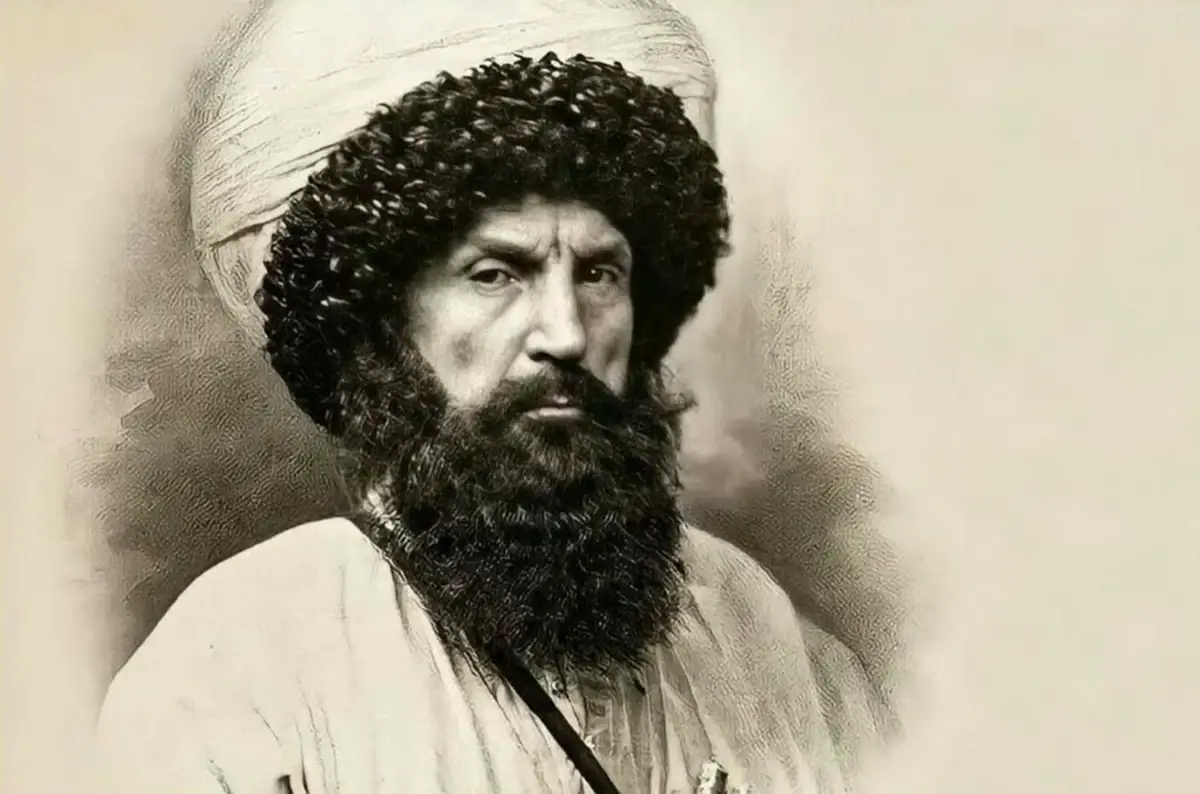
Image: static.tildacdn.com
24. Miyamoto Musashi: Japan’s Sword Saint
Oh boy, if you’re talking about samurai legends, you can’t skip Miyamoto Musashi. This guy was something else! Not just a master swordsman, he was an artist, writer, and philosopher. He’s most famous for his “Niten Ichi-ryū” style of swordsmanship, which involves wielding both a long and a short sword. Talk about multitasking!
Musashi went undefeated in over 60 duels, and he wasn’t using cheat codes. His book, “The Book of Five Rings”, isn’t just a combat manual but a guide to strategy and philosophy, making him a true samurai icon.
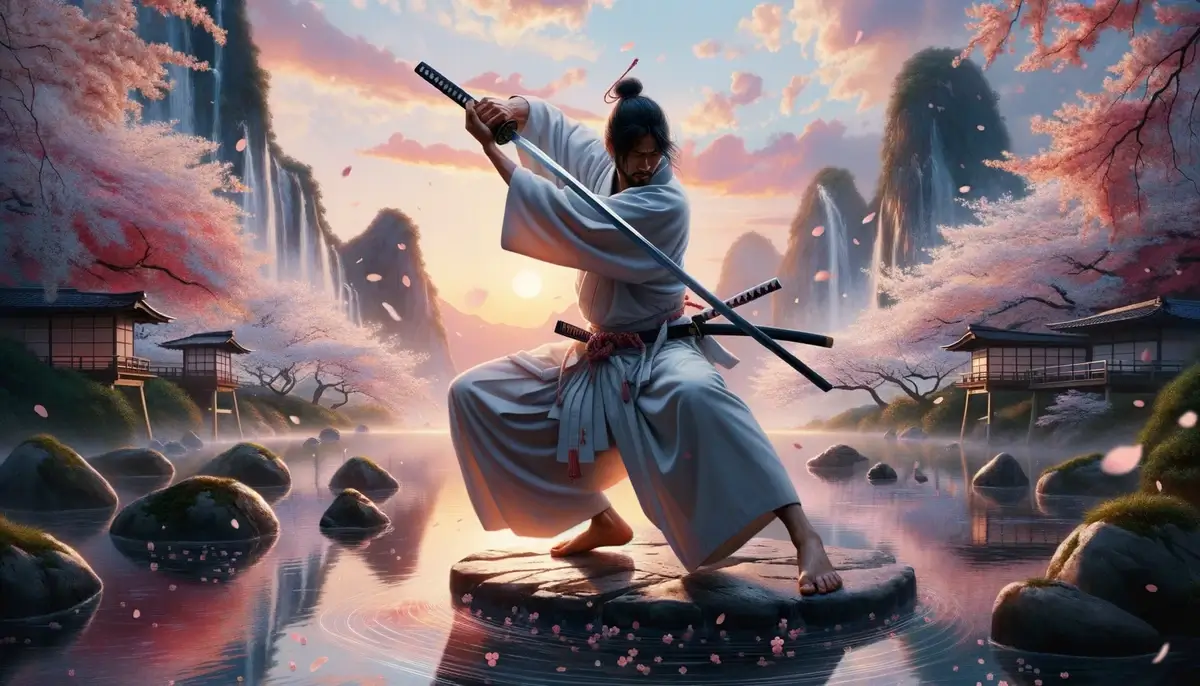
Image: iFunFact
25. Tlahuicole: The Tlaxcalan Titan
The annals of Mesoamerican history remember Tlahuicole as one of its fiercest warriors. Hailing from the Tlaxcala state, he was captured by the rival Aztecs but proved so noble that the Aztec emperor, Ahuitzotl, offered him a high-ranking position instead of sacrifice.
However, Tlahuicole, being the honorable warrior that he was, chose to return to the battleground. He was given the honor of facing the mightiest Aztec warriors in their gladiatorial rites. Legend has it, he fought valiantly, facing numerous foes before meeting his end.
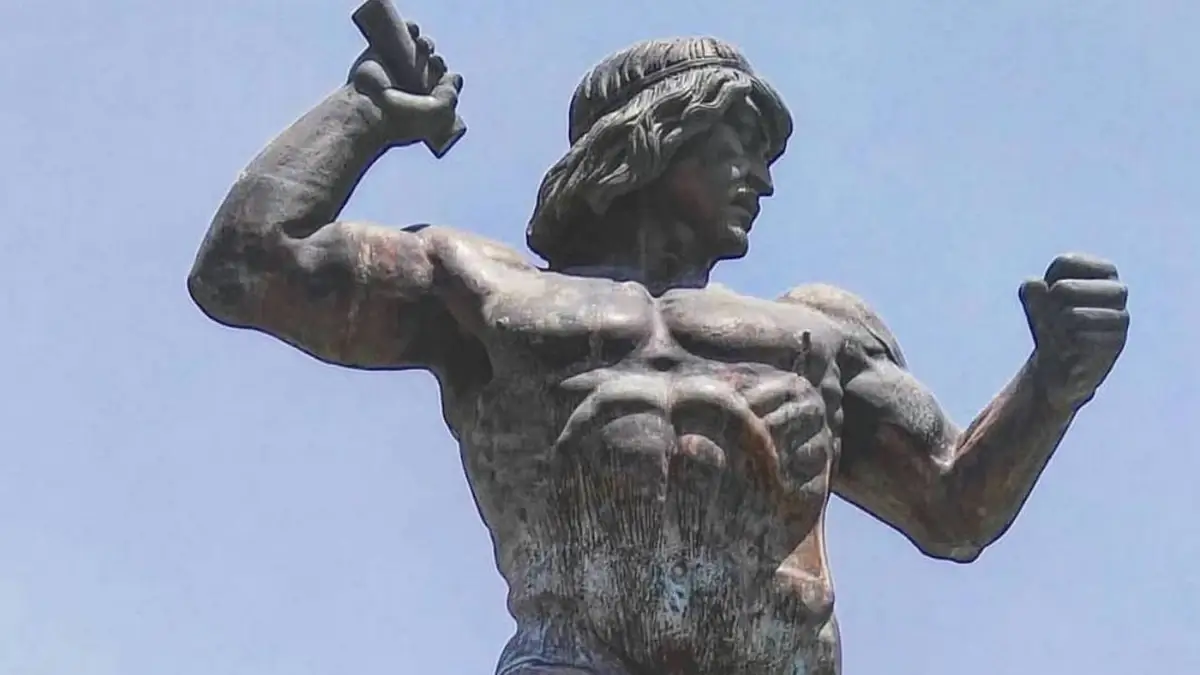
Image: mexicotravelchannel.com.mx
26. Ajax the Great: Towering Hero of the Trojan War
Among the legends of the Trojan War, Ajax the Great stands tall, both figuratively and literally. Described as a giant among men, he was second only to Achilles in strength and valor. With his massive shield and spear, Ajax was a bulwark for the Achaeans, holding the lines and keeping Trojan warriors at bay.
Though he lacked Achilles’ divine lineage, Ajax’s sheer determination and prowess earned him a place among the great heroes of Greek mythology.
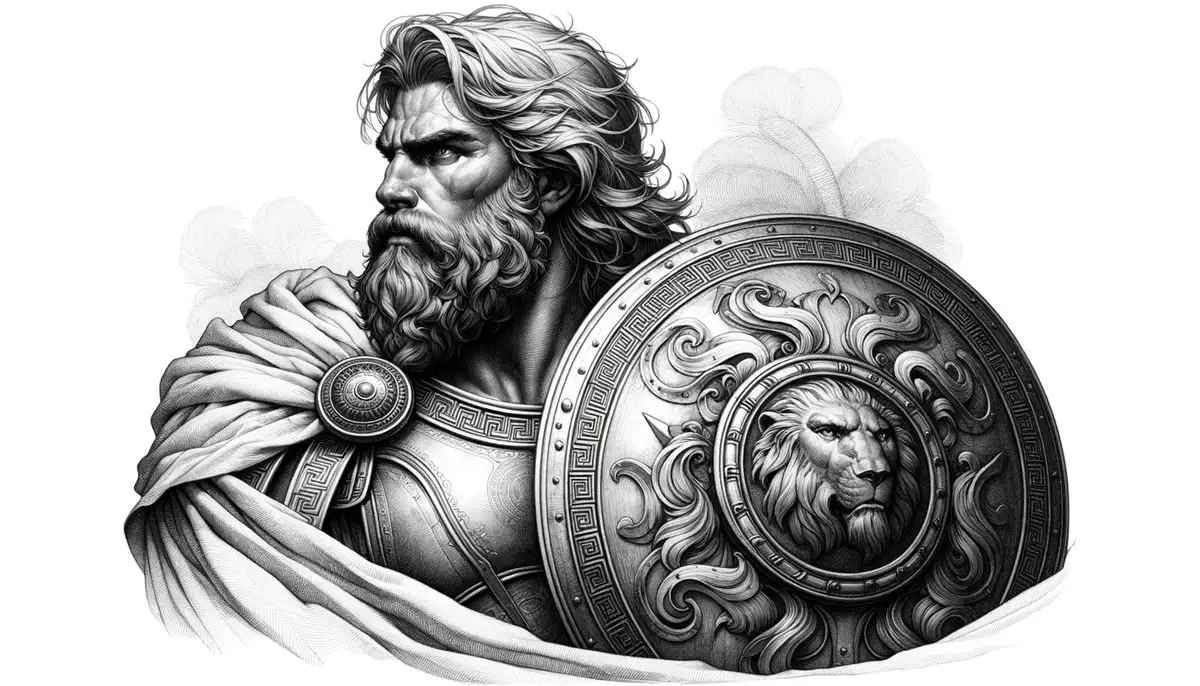
Image: iFunFact
27. Harald Hardrada: Viking King and Warrior
Harald Hardrada, whose name translates to “Hard Ruler,” truly lived up to his moniker. This Viking king was not only a fierce warrior but also an adventurer, having served as a mercenary in the Byzantine Empire before claiming the Norwegian throne. His insatiable quest for power culminated in the invasion of England in 1066.
Although his campaign ended at the Battle of Stamford Bridge, Harald’s life was an epic saga of Viking ambition, courage, and exploration.
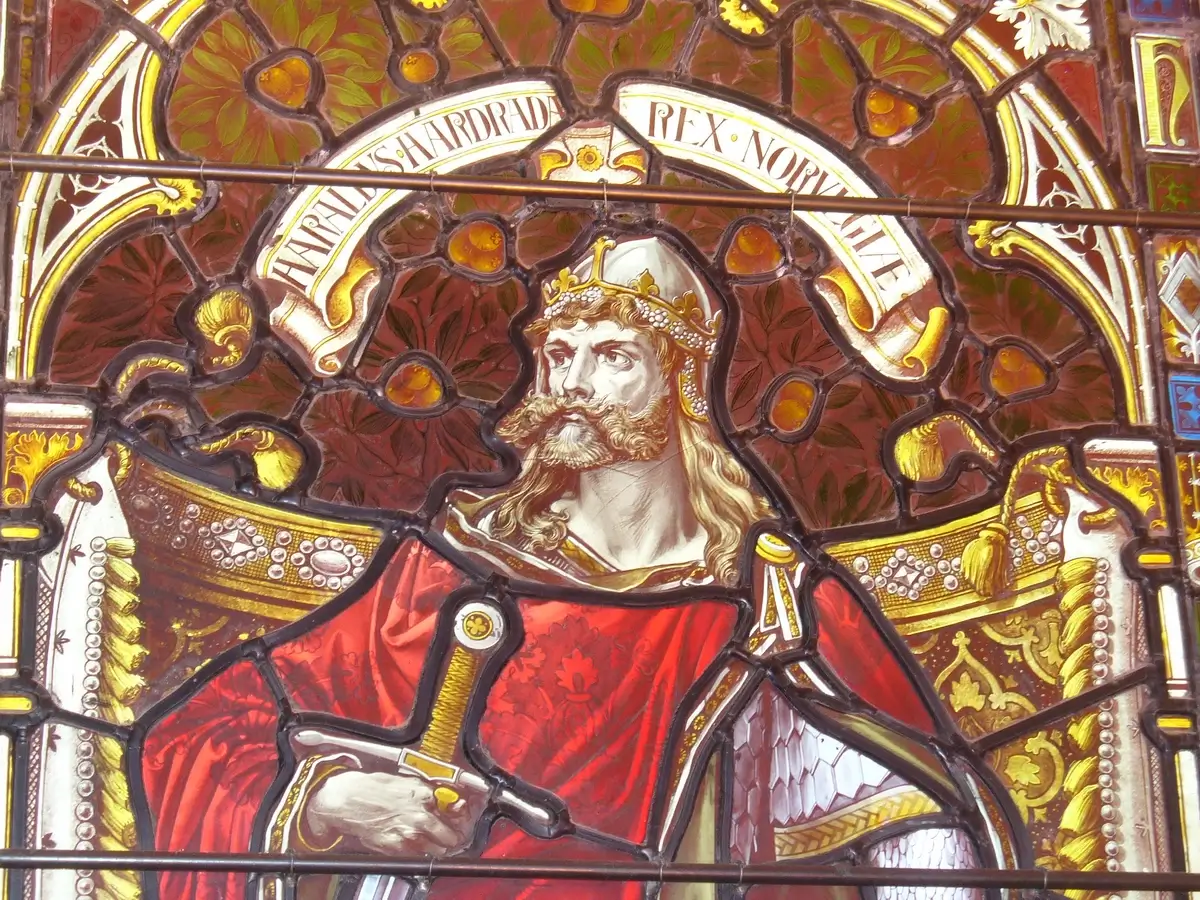
Image: Wikimedia Commons
28. Crazy Horse: Lakota War Leader
A symbol of resistance and freedom, Crazy Horse led the Lakota in their fight against U.S. encroachment on their lands. With a blend of guerrilla tactics and deep knowledge of the terrain, he famously played a key role in the defeat of the U.S. 7th Cavalry at the Battle of Little Bighorn.
His commitment to preserving the way of life and sovereignty of his people cemented his status as one of the most revered Native American leaders in history.
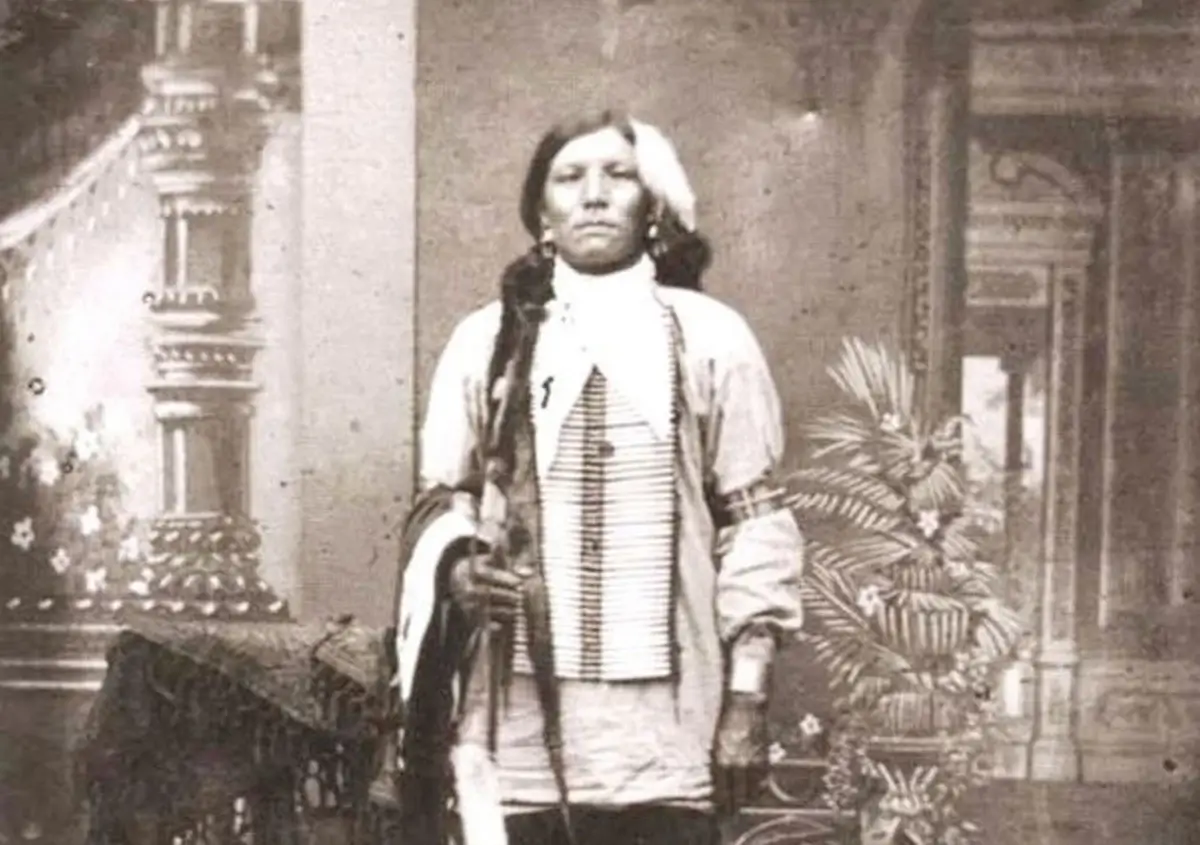
Image: pinimg.com
29. Horatius Cocles: Roman Hero of the Bridge
When the city of Rome was threatened by an invading Etruscan army, one man stood in the way: Horatius Cocles. Defending the narrow wooden Pons Sublicius bridge, he held off the enemy long enough for his comrades to destroy the bridge behind him, preventing the invaders from crossing the Tiber.
Though gravely injured, Horatius’s act of bravery became a symbol of Roman resilience and the embodiment of sacrifice for the greater good.
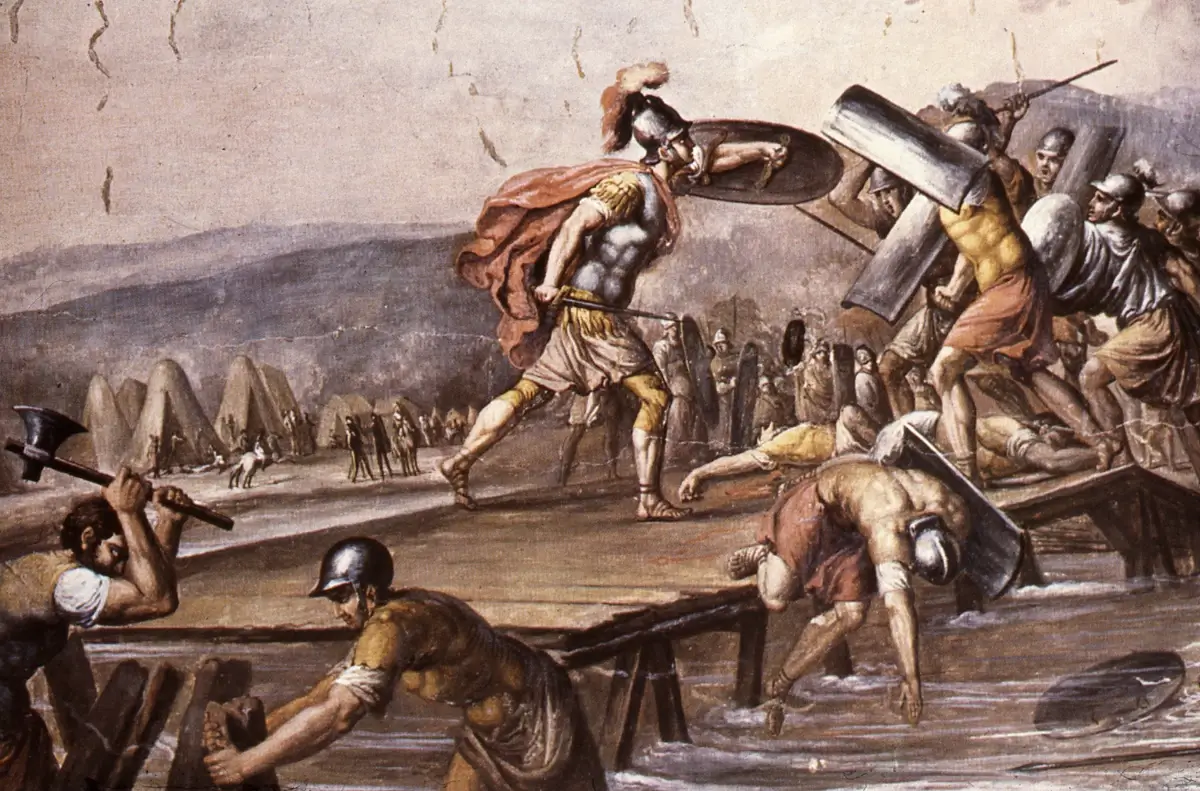
Image: omeka.wustl.edu
30. Hua Mulan: China’s Legendary Warrior Woman
Transcending the boundary of legend and history, Hua Mulan’s tale is one of bravery, loyalty, and breaking societal norms. Taking her ailing father’s place in the army, she disguised herself as a man and fought valiantly for China, proving herself in numerous battles over the years.
Her story, encapsulated in the ancient poem “Ballad of Mulan,” became a testament to filial piety, courage, and the understanding that heroism isn’t bound by gender. Today, Mulan remains an enduring symbol of bravery and determination.
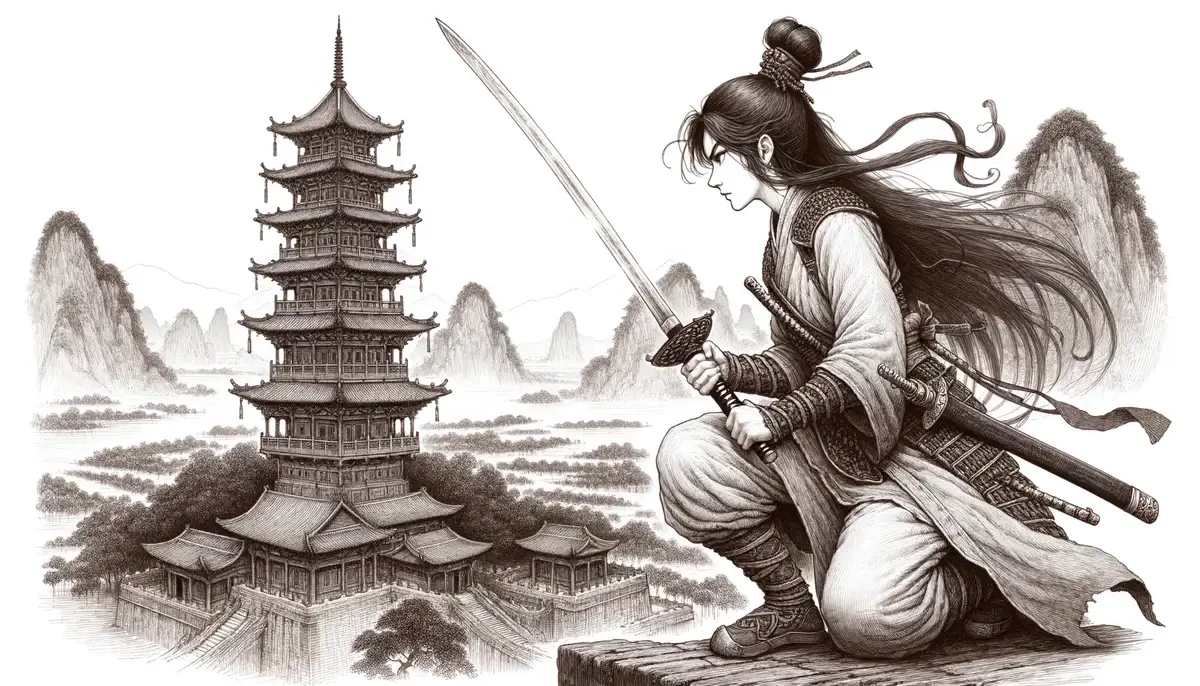
Image: iFunFact
31. Yue Kong (The 13th Shaolin Patriarch): Defender of Shaolin
Yue Kong, often referred to as the 13th Shaolin Patriarch, is a towering figure in the annals of Shaolin history. Although details of his life are interwoven with legend, he is celebrated for his profound martial abilities and his role in preserving and advancing Shaolin martial arts.
Under his guidance, the Shaolin Temple reportedly flourished, becoming a bastion of martial and spiritual learning. His dedication wasn’t solely to the physical arts; he was also a spiritual luminary, guiding many monks towards enlightenment.
Tales of his confrontations with bandits and warlords are legendary, showcasing a blend of tactical genius and unparalleled martial skill. Despite facing numerous challenges, his leadership ensured the temple remained an unyielding symbol of resilience.
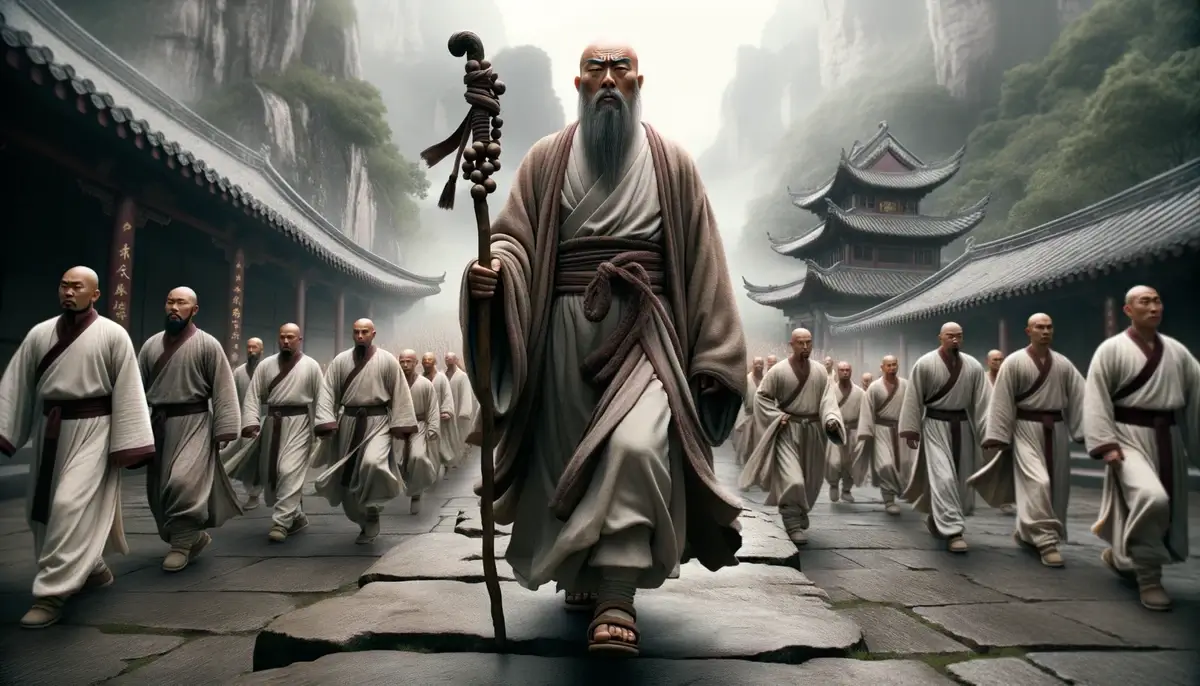
Image: iFunFact
32. Attila the Hun: Scourge of the Roman Empire
Commanding the vast expanse of the Hunnic Empire, Attila ranks undeniably among the greatest warriors of all time. This formidable warrior-leader, often referred to as the ‘Scourge of God’, was a looming threat to both the Western and Eastern Roman Empires, illustrating the power and reach of the Huns during his reign.
His tactics, which combined the raw might of nomadic cavalry with psychological warfare, instilled fear in his adversaries. The tales of his campaigns, particularly the invasion of Gaul and his approach towards Rome, are deeply entrenched in historical annals, marking him as one of the legendary warrior conquerors of the ancient world.

Image: natgeofe.com
33. Khutulun: The Wrestler Princess of the Mongol Empire
A cousin of Kublai Khan and a key figure in the Mongol Empire, Khutulun is an epitome of the greatest warrior women in history. Renowned for her unmatched skills in wrestling, it is said that she demanded that any suitor must defeat her in a wrestling match to marry her, a challenge no man could meet.
Beyond the wrestling ring, Khutulun was also an invaluable military asset, often accompanying her father on campaigns and performing remarkable feats on the battlefield. Her tales resonate as a testament to the empowerment and strength of women in Mongol society.
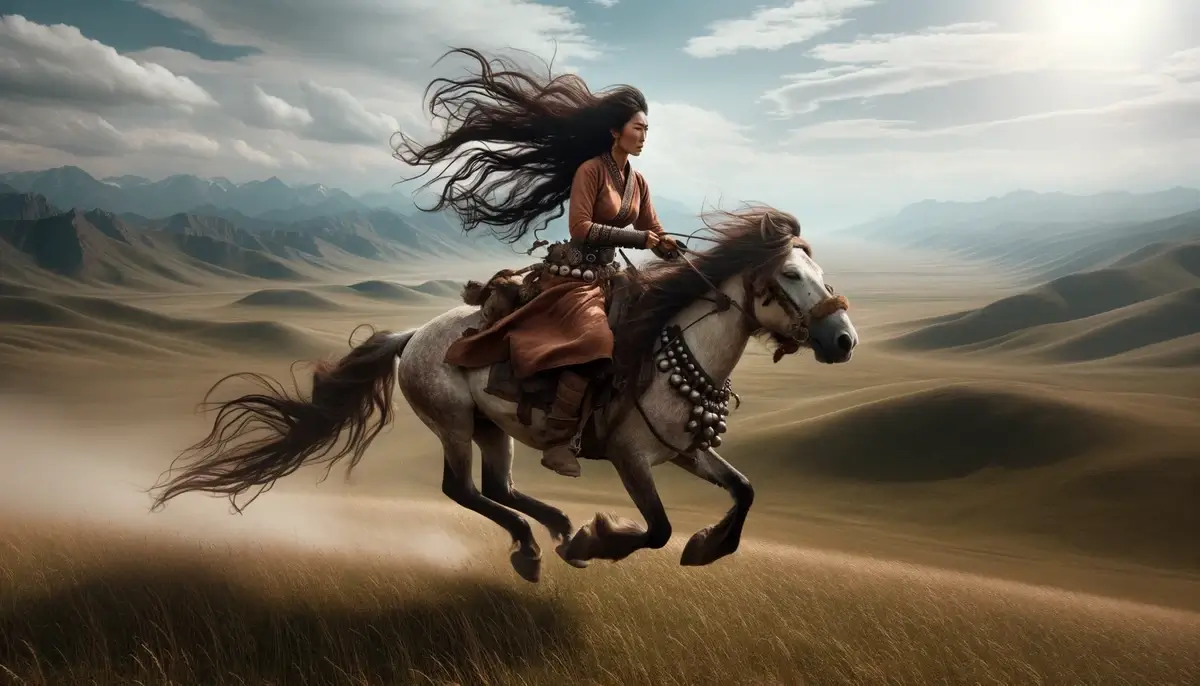
Image: iFunFact
34. Arminius: The Germanic Hero who Defeated Rome
A member of the Cherusci tribe and a former officer in the Roman army, Arminius masterminded one of the most catastrophic defeats ever suffered by the Romans. Utilizing his deep understanding of both Roman tactics and the Germanic terrain, he orchestrated the ambush at the Battle of the Teutoburg Forest.
The significance of his victory cannot be overstated. He halted Rome’s eastward expansion, ensuring that the Germanic tribes remained free from Roman dominion. Today, Arminius stands as an enduring symbol of resistance against oppressors and is celebrated as one of the greatest ancient warriors.
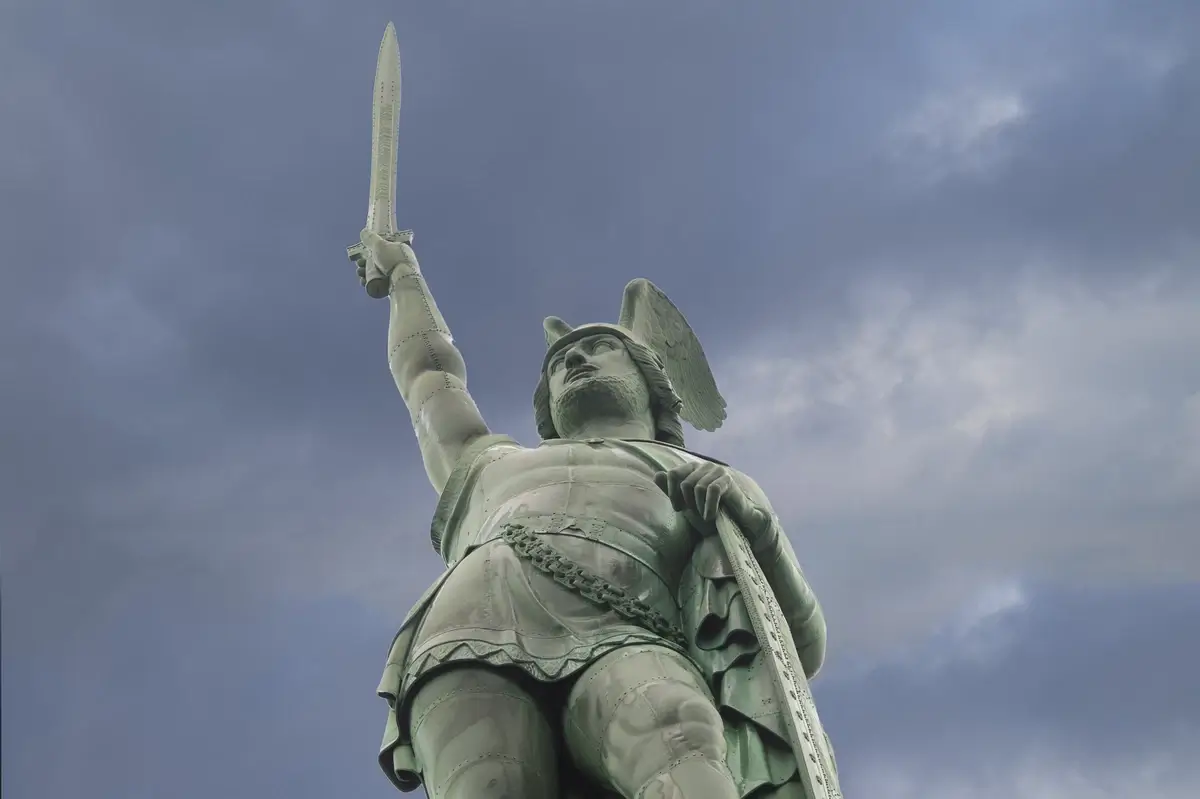
Image: outdooractive.com
35. Götz von Berlichingen: The Iron-Fisted Knight
Known as “Götz of the Iron Hand,” Götz von Berlichingen is a figure of German legend and an embodiment of the knightly ideals of the Holy Roman Empire. After losing his right hand in battle, he had it replaced with a prosthetic made of iron, allowing him to continue his career as a warrior and become one of the greatest ancient warriors.
He was involved in numerous campaigns and feuds, and his robust prosthetic hand, equipped to hold a variety of objects, from a quill to a sword, became the symbol of his indomitable spirit and prowess in battle.
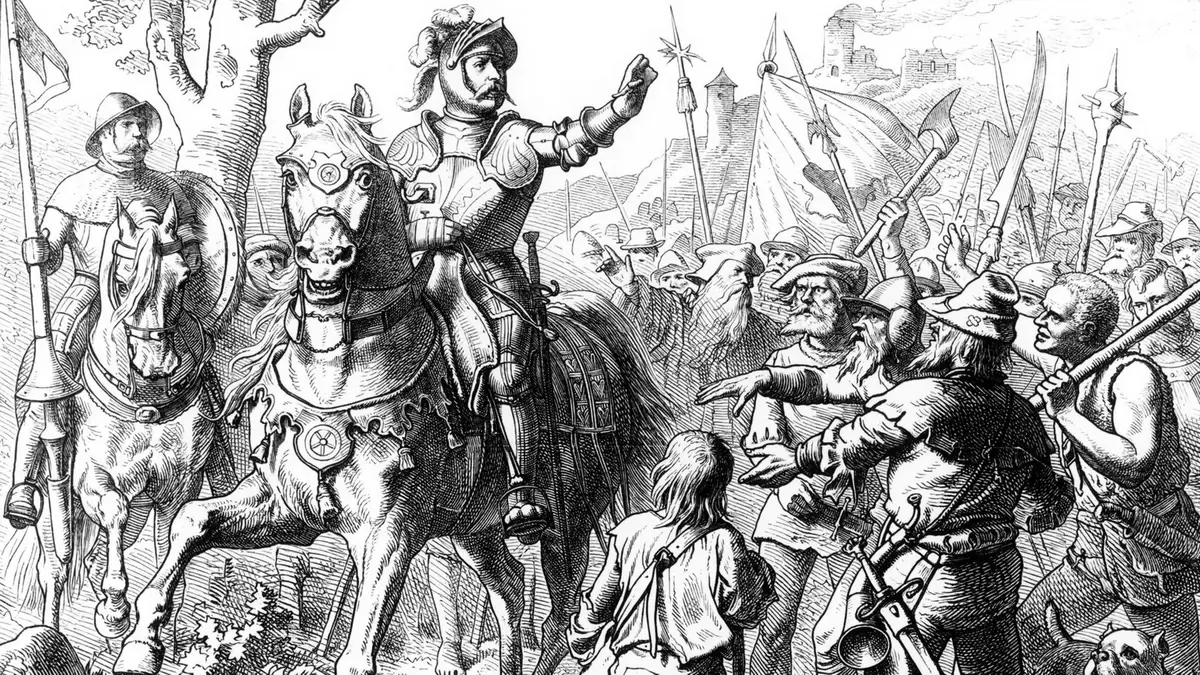
Image: wdr.de
FAQ
Who was the greatest warrior in history?
Defining the “greatest” warrior in history is subjective and depends on the criteria used. Historically, figures like Alexander the Great, Genghis Khan, and Julius Caesar stand out for their military achievements and the empires they built or expanded. However, when considering individual martial prowess, names like Miyamoto Musashi or Achilles from Greek mythology might surface. Therefore, there isn’t a single, universally accepted answer, but several warriors from various cultures and time periods can contend for this title based on different merits.
Who are the deadliest warriors in history?
Several warriors and groups have been renowned for their deadly combat skills throughout history:
- Spartans: Ancient Greek warriors known for their discipline and bravery.
- Mongol Horsemen: Under Genghis Khan, they carved out the largest land empire ever.
- Shaolin Monks: Skilled martial artists and defenders of their temple.
- Maori Warriors: Famed for their ferocity in the Pacific.
- Viking Raiders: Norse seafarers known for their raids and warfare.
- Samurai: Japanese warriors bound by Bushido, the warrior code.
Who is the undefeated warrior of history?
Miyamoto Musashi, a Japanese swordsman, is often considered the undefeated warrior of history. He is said to have participated in over 60 duels without suffering a defeat.
Who was the greatest warrior who never lost a battle?
Several warriors and commanders never lost a battle. Alexander the Great is among the most famous, having conquered vast territories from Greece through to India without suffering a single defeat. Khalid ibn al-Walid, a companion of Prophet Muhammad, also remained undefeated in over a hundred battles against various adversaries.
Who is the No 1 warrior in the world?
This is a subjective question, and the answer depends on the criteria used. Some might argue that Alexander the Great, due to his vast conquests, is the No. 1 warrior. Others might point to individual combat prowess and suggest figures like Miyamoto Musashi or even the legendary Achilles.
Which warrior killed the most men?
Quantifying the exact number of kills by a single warrior is challenging due to historical exaggerations and the lack of precise records. While legendary warriors like Lu Bu, Achilles, or Arjuna have tales of their great exploits, exact numbers are mythical. Among real figures, snipers in modern warfare like Simo Häyhä have documented kills, but the numbers are in the hundreds, not thousands.
Who is the bravest warrior in history?
Bravery is a subjective trait, but many warriors are celebrated for their courage. Leonidas I, the Spartan king who faced the vast Persian army at Thermopylae, is one such figure. Joan of Arc, a peasant girl who led the French army against the English, is another. From every culture and time, there are countless warriors whose bravery has been celebrated in tales and histories.


